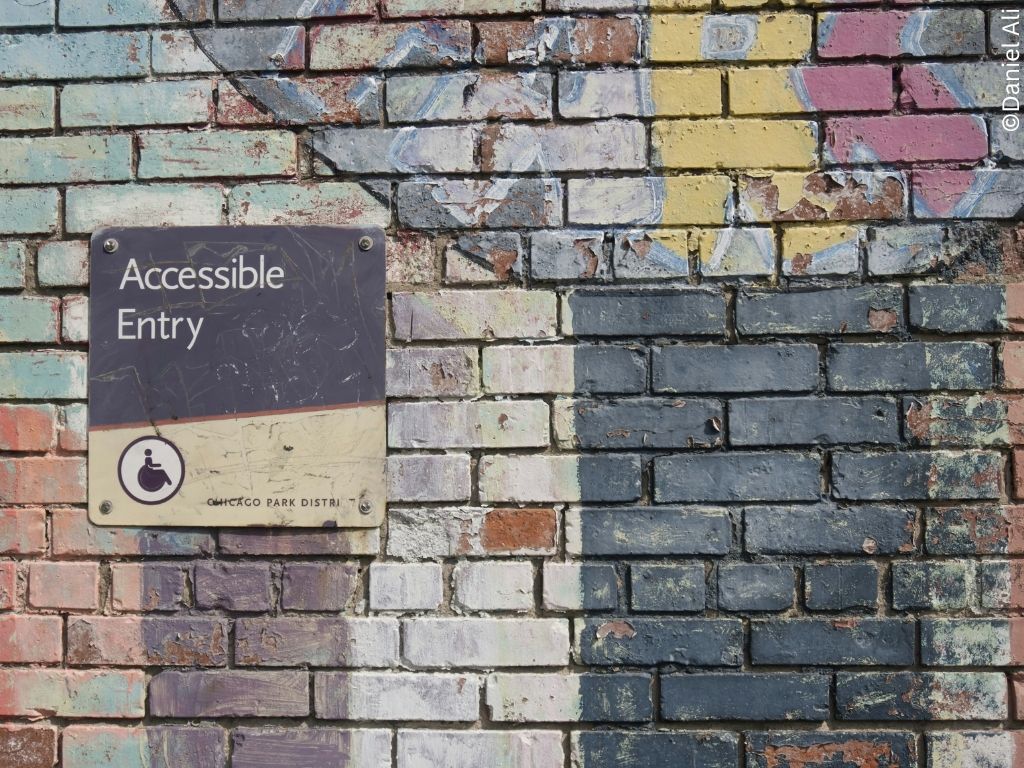Navigating Disability in Children’s Publishing: Insights from Disabled Authors
The authors present the findings of a study that explored the experiences of six disabled children’s writers in the publishing industry.
DOI:
https://doi.org/10.58091/z5cr-gq05Keywords:
creative writing for young people, lived experience, disability, publishing, own voicesAbstract
Despite making up an estimated 16% of the global population, only around 5% of children’s books feature disabled protagonists, and the majority of these are written by nondisabled authors. This article presents the findings of a study exploring the experiences of six disabled children’s authors navigating the publishing industry. It examines challenges they face in writing authentic disabled characters, barriers in accessibility, editorial biases, and the complexities of representing disability from lived experience. The study also looks at the impact of the #OwnVoices movement in promoting authentic disability representation, while addressing the potential limitations of the term as it has evolved since being coined by Corinne Duyvis in 2015. The findings highlight the need for systemic changes in publishing, such as improved accommodations, individualised support for authors, and better representation of disabled people in all facets of the publishing industry.

Downloads
Published
Issue
Section
License
Copyright (c) 2025 Daniela Rozental, Dr Joanna Nadin (Author)

This work is licensed under a Creative Commons Attribution-NonCommercial 4.0 International License.
CCBY-NC-4.0

